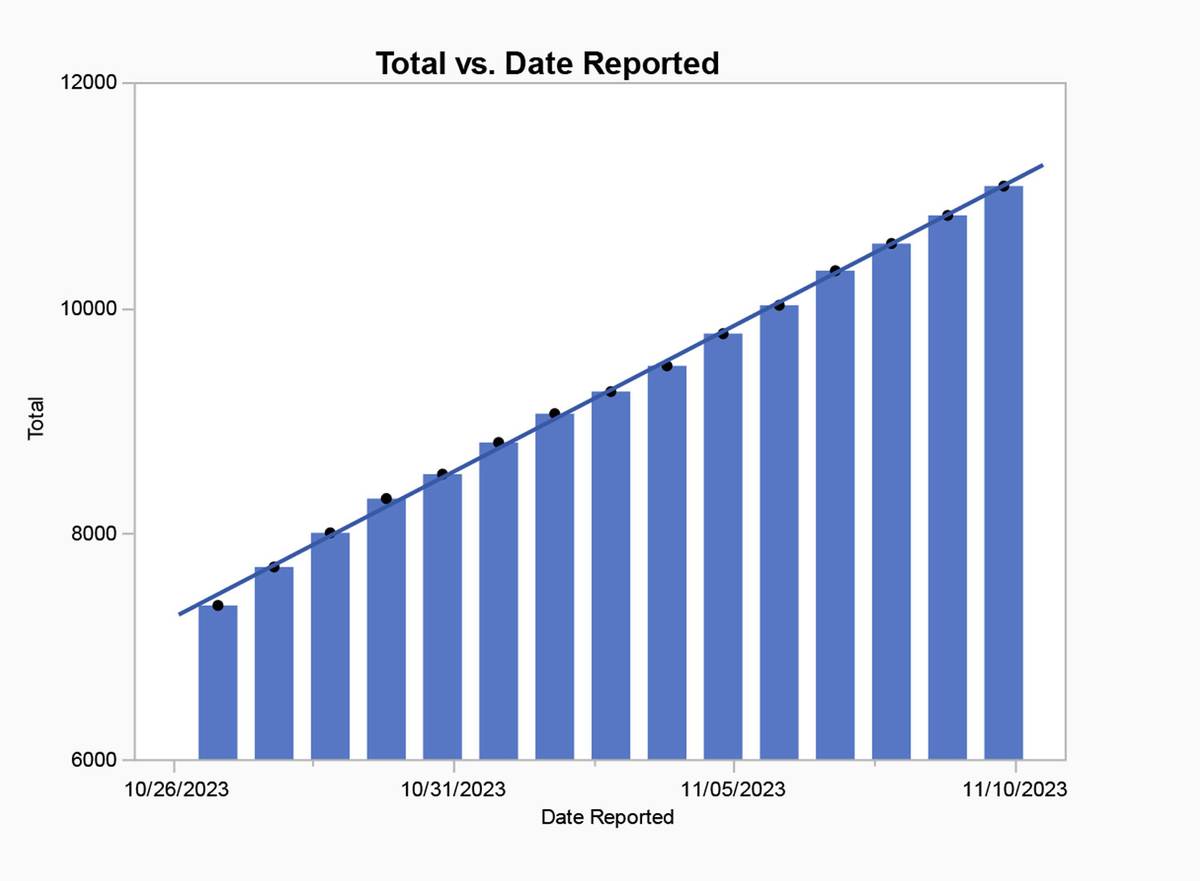 56 lat temu rozpoczął się Marzec ’68
56 lat temu rozpoczął się Marzec ’68
 Znów mamy marzec
Znów mamy marzec
Andrzej Koraszewski
Dziwny w tym roku, bo luty był wiosenny, krokusy wystawiły łebki, zwariowany świat, pełen obłędów.
W 1968 marzec też był ciepły.
We wsteczne lusterko zerkam prowadząc samochód. W życiu zamykam rozdział i jadę dalej. Ale poproszony o garść wspomnień z tamtego marca, uczciwie próbowałem.
Pamięć płata figle, podsuwa pomieszane obrazy, wcześniejsze i późniejsze. Morze alkoholu, piosenek (głównie rosyjskich). Na hasło marzec 68 najpierw pojawia się scena znacznie późniejsza, chyba to był już czerwiec, a może jeszcze później, szliśmy z Natanem Tenenbaumem Krakowskim Przedmieściem, atmosfera w kraju była coraz gęstsza, mój przyjaciel coś mamrotał i zabrało mi dobrą chwilę zanim do mnie dotarło, że bełkocze, że nie będzie miał żalu, jeśli w tej sytuacji się od niego odsunę. Wbiło mnie w chodnik i pytam, a w pysk chcesz? Natek odpowiedział z uśmiechem, że nie, więc poszliśmy dalej, rozmawiając o sprawach nieistotnych.
Na uniwersytecie, przed wykładem, koleżanka, nawiasem mówiąc moja daleka krewna, dziwiła się temu wszystkiemu, bo przecież antysemityzm jest już taki niemodny.
Nasz polski „marzec” zaczął się w czerwcu 67 roku, najpierw od przerażenia, że za chwilę będziemy świadkami kolejnej Zagłady, a potem ogłupienia, kiedy 5 czerwca o świcie egipskie lotnictwo zostało rozbite. W kolejnym dniu armia izraelska zajęła Jerozolimę, a wojska pancerne wdarły się głęboko w Półwysep Synajski. Stało się coś niewyobrażalnego, w ciągu kilku dni maleńki Izrael rozwalił trzy wspaniale uzbrojone przez Związek Radziecki armie arabskie. W dzień po tej wojnie z kilkoma przyjaciółmi piliśmy wódkę w mieszkaniu mojej siostry i porządnie podchmieleni tańczyliśmy potem Horę pod jej oknem. Problem w tym, że jej mąż był oficerem lotnictwa, cały blok był oficerski, więc kiedy kiedy Gomułka mówił o syjonistach tańczących na ulicy, to mógł mieć właśnie nas na myśli.
W 68 partyjny antysemityzm był na zamówienie Rosjan, ale w reakcji na wzrost antyrosyjskich nastrojów. W partii kotłowanina, bo narodowi komuniści dostrzegli okazję zarówno na stanowiska jak i na możliwość zwalenia winy za własne łajdactwa na Żydów. Z łam gazet wylała się rzeka ścieków. Natan napisał satyryczny wiersz, próbując podsumować bezmiar absurdu i podłości.
A znowu Kołakowski, jak jeszcze był młody
To Stalina całował w rumiane jagody
A Stalin mu na lody dawał i na kino
I razem gryźli pestki i grali w domino
Natomiast Kisielewski, jak z prasy wynika
Jest synem naturalnym studenta Michnika,
Który do rewolucji wiernie służył carom
I miał sześcioro dzieci z carycą Dagmarą
Tacy to byli ludzie, dzieła takie, czasy
A było, jak rzekłem, bo wszystko wiem z prasy.
W zbuntowanych sferach krążyły odpisy zdjętego przez cenzurę felietonu Fikusa „Kur wie lepiej”.
Tłum twarzy, mętlik spotkań i generalne zamieszanie w życiu. Na wyjazd zdecydowałem się dopiero pierwszego stycznia 1970 roku, kiedy słuchając na kacu przemówienia Gomułki, powiedziałem do żony: wyjeżdżamy z tego kraju. Ku mojemu zdumieniu powiedziała: dobrze.
Próbowałem to wszystko pozlepiać w jakąś całość, w końcu doszedłem do wniosku, że nic z tego nie wyjdzie. Wysyłam co mam.
Znów mamy marzec. Tamten marzec dla młodych jest już prehistorią, niby bez znaczenia, chyba, że ktoś zechce badać znaki na pałeczce w sztafecie pokoleń.
Zawartość publikowanych artykułów i materiałów nie reprezentuje poglądów ani opinii Reunion’68,
ani też webmastera Blogu Reunion’68, chyba ze jest to wyraźnie zaznaczone.
Twoje uwagi, linki, własne artykuły lub wiadomości prześlij na adres:
webmaster@reunion68.com








